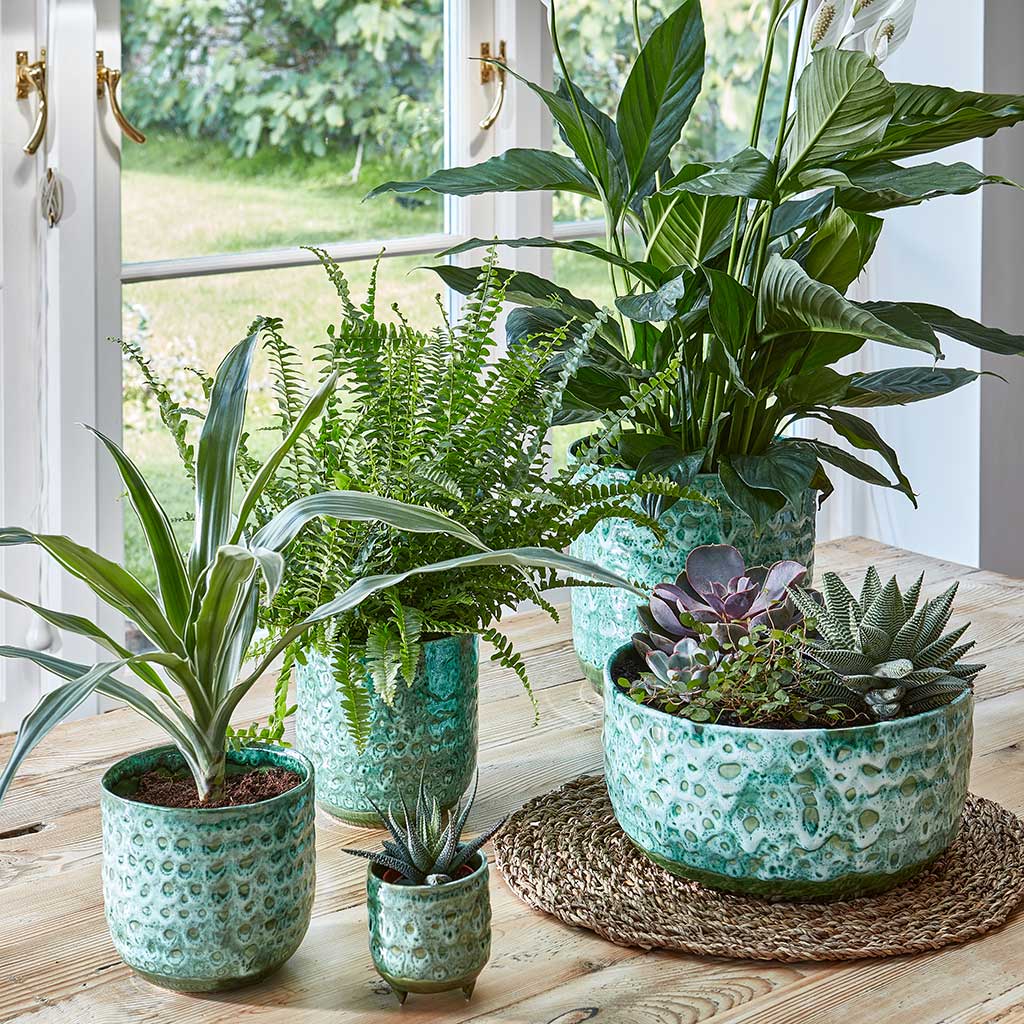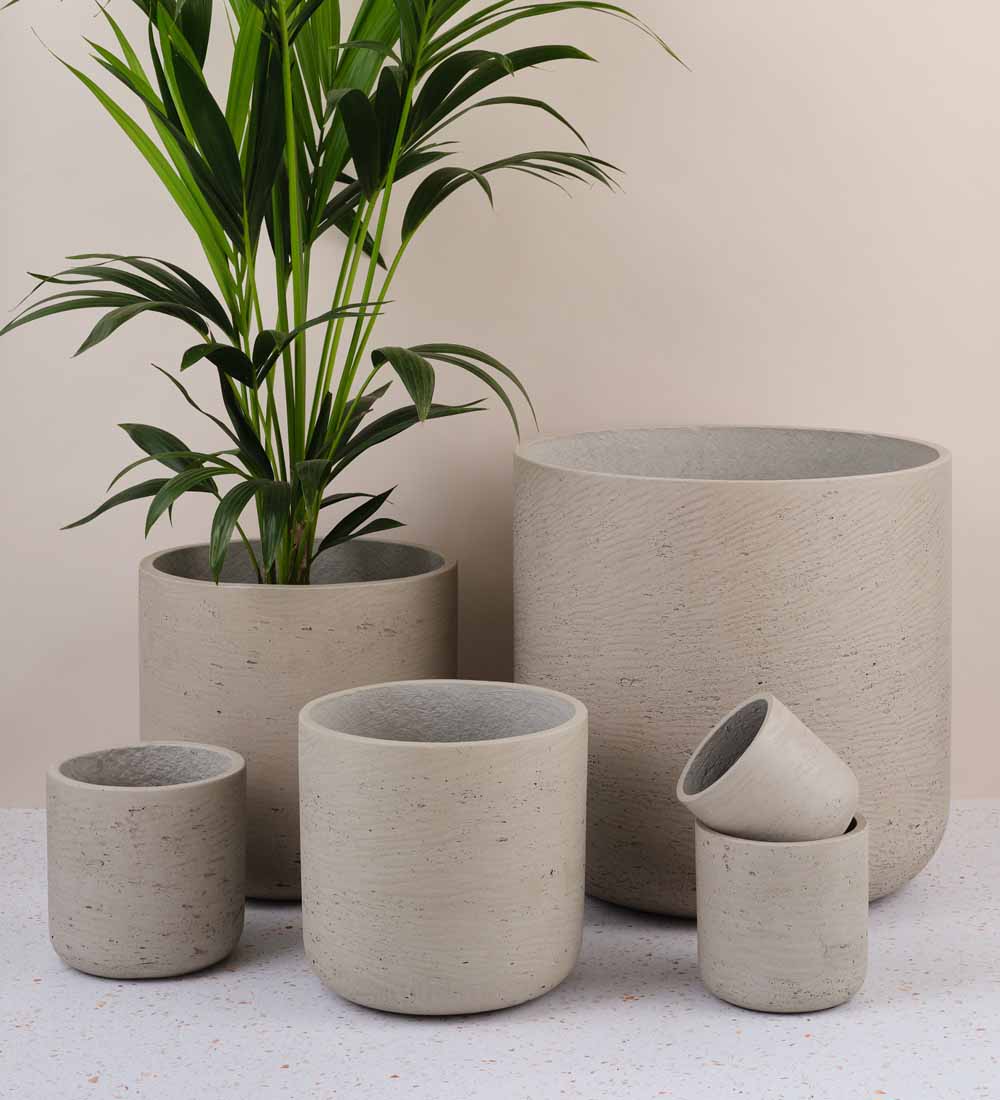Beyond the Basic Pot: A 3000-Word Deep Dive into the World of plant Containers
The humble plant pot, often relegated to a mere functional necessity, is a crucial element in the success and aesthetic appeal of any garden, balcony, or indoor jungle. It’s more than just a vessel for soil; it’s a micro-environment, a design statement, and a key factor in plant health. This comprehensive guide explores the diverse world of plant pots, delving into materials, shapes, sizes, and specialized designs to help you select the perfect homes for your leafy companions.
The material of a plant pot significantly impacts its durability, drainage, and overall suitability for different plants. Let’s explore the most common options:
Terracotta: The Classic Choice

Terracotta, with its warm, earthy tones, has been a staple in gardening for centuries. Its porous nature allows for excellent air circulation and drainage, making it ideal for plants that prefer drier conditions, such as succulents and cacti. However, this porosity also means terracotta pots dry out quickly, necessitating more frequent watering, especially in hot climates. They are also susceptible to cracking in freezing temperatures if not properly protected.
Plastic: Versatility and Affordability
Plastic pots are incredibly versatile, lightweight, and affordable. They come in a vast array of shapes, sizes, and colors, offering endless design possibilities. Plastic retains moisture well, which can be beneficial for water-loving plants, but it can also lead to root rot if drainage is poor. High-quality plastic pots are UV-resistant, preventing them from becoming brittle and cracking over time, but cheaper options may degrade quickly.
Ceramic: Style and Sophistication
Ceramic pots, often glazed for added durability and aesthetic appeal, offer a wide range of decorative options. They are heavier than plastic or terracotta, providing stability for larger plants. Glazed ceramic pots retain moisture well, similar to plastic, but can be more prone to cracking in fluctuating temperatures. Unglazed ceramic, like terracotta, offers better drainage.
Stone and Concrete: Robust and Rustic
Stone and concrete pots are incredibly durable and weather-resistant, making them ideal for outdoor use. Their weight provides excellent stability, even in windy conditions. However, their weight also makes them difficult to move. They offer a rustic, natural aesthetic that blends seamlessly into garden landscapes. Concrete can also be customized with pigments and textures to create unique designs.
Metal: Modern and Industrial

Metal pots, such as galvanized steel, aluminum, or copper, offer a sleek, modern, or industrial aesthetic. They are durable and weather-resistant, but metal can heat up quickly in direct sunlight, potentially damaging plant roots. Consider using a liner to insulate the roots and prevent overheating. Copper pots, in particular, develop a beautiful patina over time.
Wood: Natural Beauty and Biodegradability
Wooden pots, often made from cedar, redwood, or teak, offer a natural and biodegradable option. They provide excellent insulation and drainage, but untreated wood can rot over time. Using a liner or treating the wood with a sealant can prolong its lifespan. Wooden pots are particularly suitable for plants that prefer well-drained soil and a slightly acidic environment.
Fiberglass and Resin: Lightweight Durability
Fiberglass and resin pots offer a lightweight yet durable alternative to stone or concrete. They are weather-resistant, frost-proof, and available in a wide range of finishes and designs. They can mimic the look of more expensive materials, such as terracotta or stone, at a lower cost.

The shape and size of a plant pot play a critical role in plant health and overall aesthetics.
Standard Round Pots: Versatility and Functionality
Standard round pots are the most common and versatile option. They provide ample space for root growth and are suitable for a wide variety of plants. Their simple design blends seamlessly into any setting.
Square Pots: Space Efficiency and Modern Appeal
Square pots are ideal for maximizing space, especially in confined areas like balconies or patios. They offer a modern, clean aesthetic and are particularly suitable for plants with shallow root systems.
Rectangular Planters: Linear Elegance and Versatility
Rectangular planters are perfect for creating linear displays, such as window boxes or herb gardens. They offer ample space for multiple plants and can be used to define pathways or create focal points.
Self-Watering Pots: Convenience and Water Conservation
Self-watering pots feature a water reservoir at the bottom, allowing plants to absorb water as needed. This reduces the frequency of watering and helps conserve water. They are particularly beneficial for busy gardeners or those who travel frequently.
Hanging Pots: Vertical Gardening and Space Saving
Hanging pots are ideal for creating vertical gardens and maximizing space in small areas. They add visual interest and can be used to display trailing plants or herbs.
Specialized Pots: Tailored to Specific Needs
Specialized pots, such as orchid pots or bonsai pots, are designed to meet the specific needs of particular plants. Orchid pots, for example, often feature drainage holes on the sides to improve air circulation. Bonsai pots are shallow and wide, promoting root development and creating a visually appealing display.
Proper drainage is essential for preventing root rot and ensuring plant health.
Drainage Holes: Essential for Water Flow
All plant pots should have drainage holes at the bottom to allow excess water to escape. The size and number of drainage holes should be appropriate for the size of the pot and the type of plant.
Drainage Layers: Enhancing Water Flow
Adding a layer of gravel or pebbles at the bottom of the pot can improve drainage and prevent soil from clogging the drainage holes. However modern gardening information often states that layers of gravel are counterproductive, rather good potting soil should be used throughout the pot.
Pot Liners: Protecting Surfaces and Retaining Moisture
Pot liners can be used to protect surfaces from water damage and prevent soil from leaking out of drainage holes. They can also help retain moisture in pots that dry out quickly.
The aesthetic appeal of plant pots is just as important as their functionality.
Color: Complementing Plants and Surroundings
The color of a plant pot can complement the foliage and flowers of the plants it contains, as well as the surrounding environment. Neutral colors, such as terracotta, white, or gray, blend seamlessly into any setting, while bold colors can create a striking focal point.
Texture: Adding Visual Interest
The texture of a plant pot can add visual interest and enhance the overall aesthetic appeal. Smooth, glazed ceramic pots offer a sleek, modern look, while rough, textured stone pots create a rustic, natural feel.
Style: Reflecting Personal Taste
Plant pots come in a wide range of styles, from traditional to contemporary, allowing you to express your personal taste and create a cohesive design.
Choosing the right plant pot involves considering several factors, including the type of plant, the desired aesthetic, and the growing environment. By understanding the fundamentals of material, shape, size, and drainage, you can select the perfect homes for your plants and create a thriving, visually appealing garden. Remember that researching your specific plant species will provide the best possible data to provide them with the best suited container.
